Tuberculosis and Poverty in the Philippines
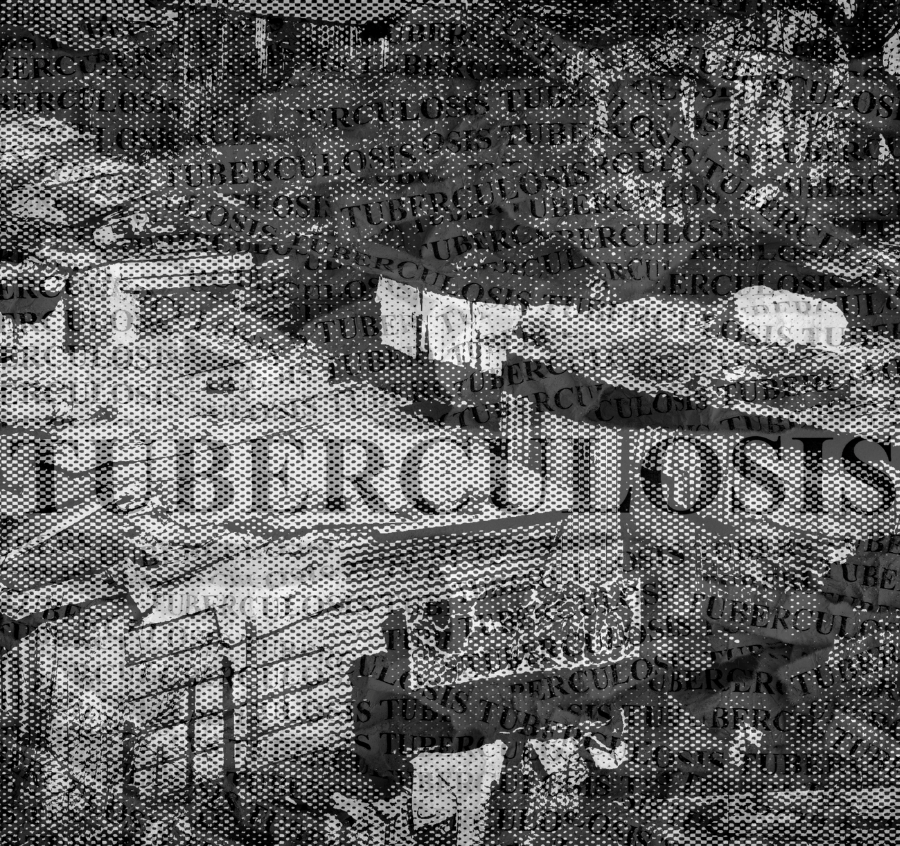
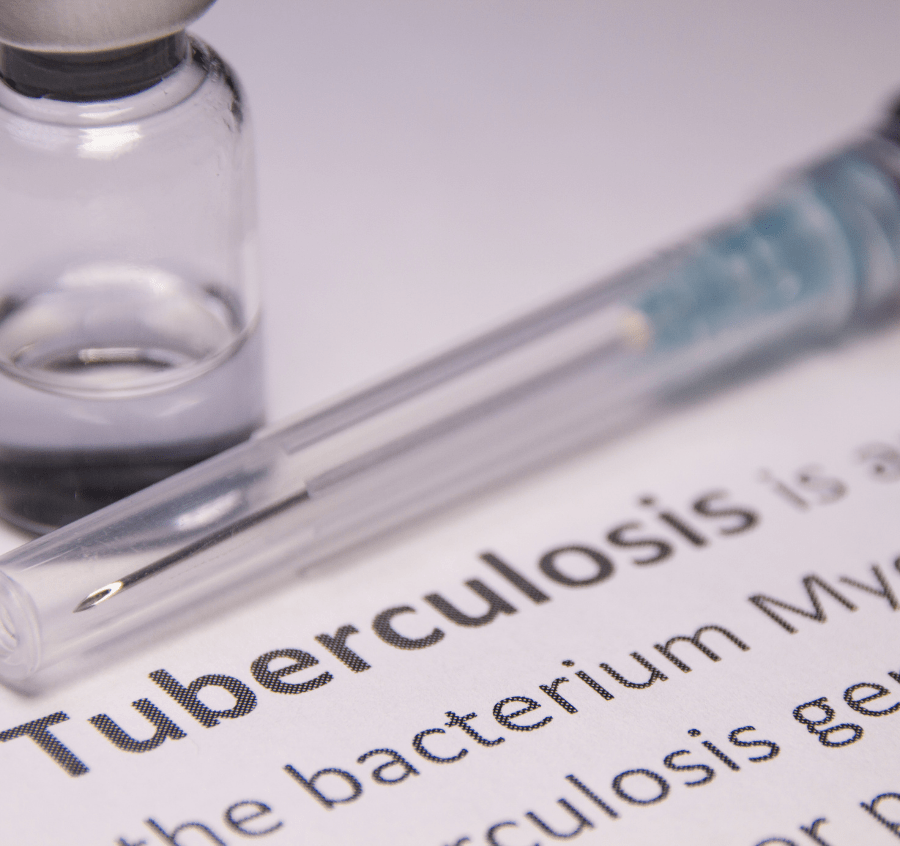
Tuberculosis (TB) is a disease caused by Mycobacterium tuberculosis.
It’s a bacterium that’s spread from person to person through the air when people cough, sneeze, spit or even talk.
The bacteria typically attack the lungs but can attack any part of the body, including the kidney, spine, and brain.
The disease can be traced back 9 thousand years ago in Atlit Yam globally.
Since then, PH has been one of the recorded countries dealing with this major health issue up until the present.
According to the World Health Organization’s (WHO) 2019-2020 global TB report, the Philippines has the highest TB incidence rate in Asia, with 554 cases per 100,000 Filipinos.

Philippines’ current population is 111,918,658, with a poverty incidence rate of 23.75%, translating to 26.14 million Filipinos living below the poverty line.
These figures are one of the most major factors linking poverty to the spread of this disease in the country.
In the 2016 National Tuberculosis Prevalence Survey, only 19% of people with TB symptoms sought treatment and care. The others would either do nothing or self-medicate.
Although it’s treatable, the lack of resources, health care access and privileges for those affected who live below the poverty line still play a role.
TB in numbers in the Philippines
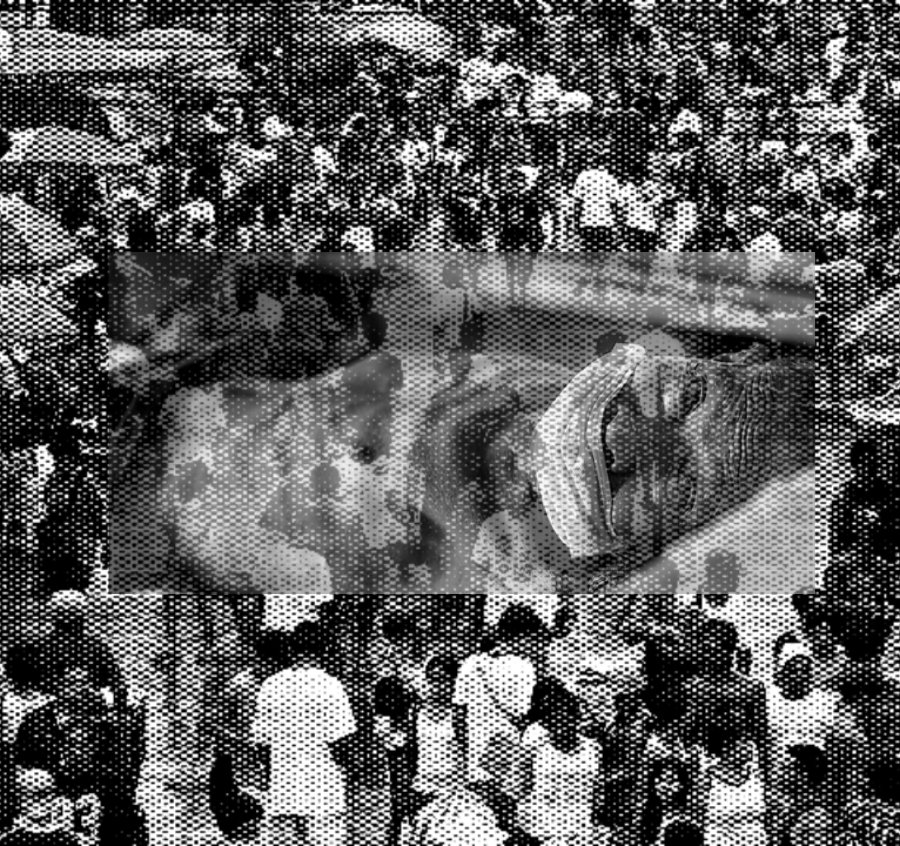
The National TB Report reported that 3 Filipinos die of tuberculosis every hour. In 2018, the DOH has committed to finding and treating 2.5 million Filipinos over the next five years.
Since then, the DOH has recorded 1.1m cases, leaving 1.4m more to find and treat by the end of 2022.
“One TB case that we fail to find and treat may spread the infection to at least 10 other people. The reservoir of undetected TB cases will further increase,” said Health Secretary Francisco T. Duque III.
Although tuberculosis affects people of all socioeconomic classes, poverty-stricken Filipinos are inarguably the most vulnerable to this type of disease.
Their situation exposes them to unsafe life and work environments, and issues like financial insecurity to pay for necessary medications.
They don’t have the luxury to recover in their homes as they need to make ends meet still.
DOH statistics from last year show 340,524 Notified DS-TB and DR-TB Cases, 3,632 TB Treatment Facilities, and 3,695 TB Laboratories in the Philippines.
Free TB Treatment in Public Health Facilities
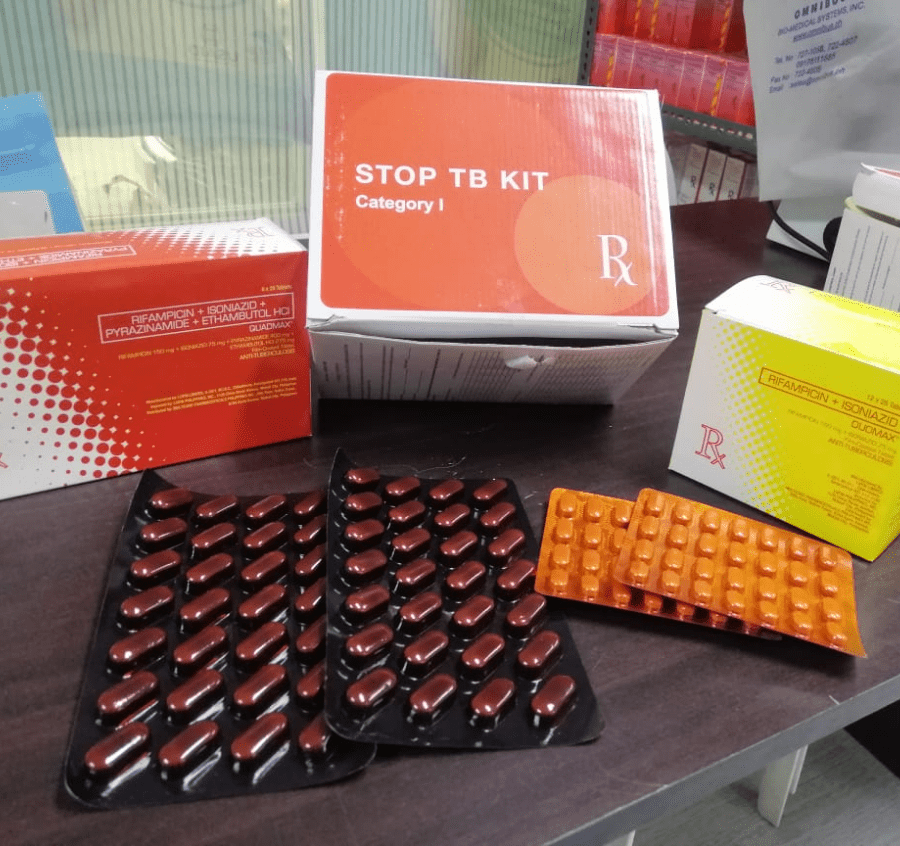
The Department of Health already has programs in place to control disease spread in the country.
Among these programs is the provision of free medicines to TB patients who have enrolled in treatment.
A six to nine-month course of anti-TB drugs can get expensive and cost PHP3,000 to PHP4,000.
DOH has observed that patients tend to quit their medication once they are unable to afford these anti-TB drugs.
If they do not finish their treatment, they may develop resistance to these drugs.
As a result, DOH decided in 2017 to be the sole provider of anti-TB drugs, which would only be available at community health centers.
“That is a bold step in terms of how we handle tuberculosis in this country. We will eliminate commercial sources of anti-TB drugs,” Health Secretary Dr. Paulyn Ubial said in a media briefing in 2017.
In an interview with “Juan”, a TB patient, he said he receives free medications and allowance from their RHU.
“Ang medication ko ay 18 pcs medicines within 8 months, ang allowance ko ay PHP2,800 per month,” Juan mentioned.
While it’s a big help, he still wasn’t able to finish the course on time due to other existing medical conditions.
“Matagal akong gumaling (sa TB) dahil sa sakit kong Diabetes at na extend ng 2 months,” Juan continues.
Tuberculosis amid Poverty and Pandemic
While tuberculosis is already a challenge for the country’s public health, the rise of the COVID-19 has made it even more difficult.
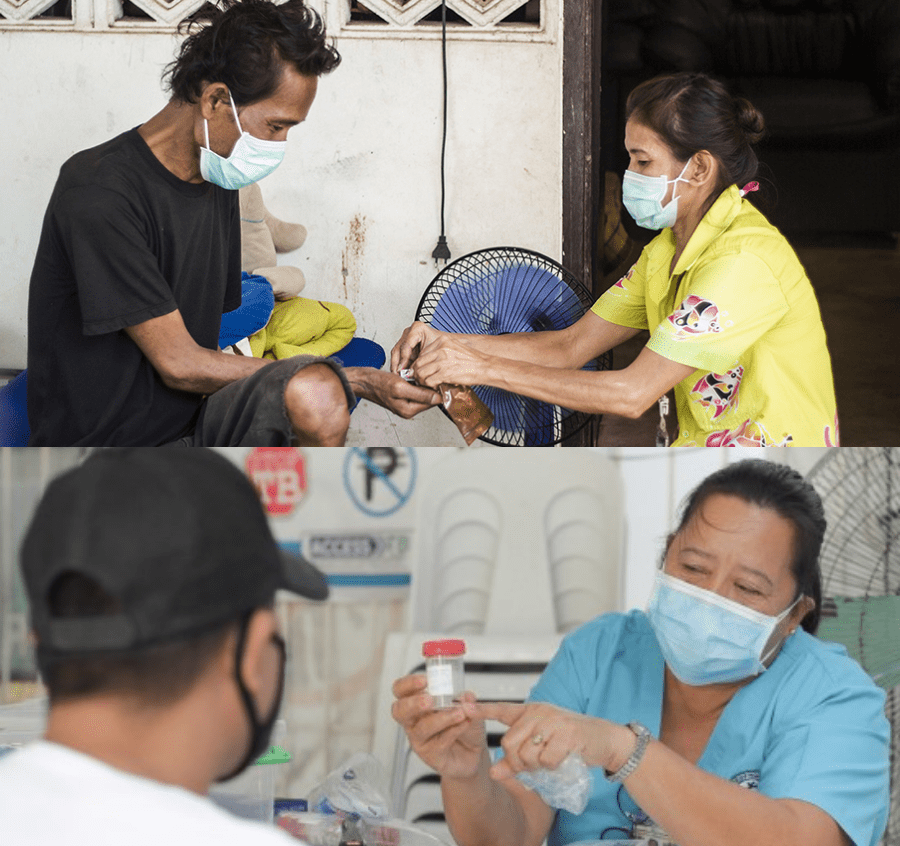
Other serious medical issues, including TB, have been sidelined in order to focus on the COVID responses.
The pandemic has caused a disruption in treatments and services, and poverty remains to take an active role in it.
34% of Filipinos were left unemployed as thousands of jobs were lost as a result of the pandemic.
“Over 100,000 Filipinos may die of tuberculosis (TB) in the next 5 years or 20,000 TB deaths per year if TB services continue to be disrupted because of mobility restrictions brought about by COVID-19,” DOH stated in a press release last year.
That said, hundreds of thousands, if not millions of Filipinos are living in poverty, particularly during a pandemic, and suffering from TB.
A high number of new and relapsed tuberculosis cases, or 268,816 to be specific, were reported to the DOH by the end of 2020.
“A modeling study by the Imperial College of London projected between 65,100 to 146,300 TB deaths may happen if local TB services remain limited in another year,” DOH also stated.
Fortunately, DOH announced that TB care will be back on track with a goal of making the Philippines TB-free by 2035.
Joy Rencel loves writing feature stories about almost everything. She is on a quest to discover about life and how she can share it with the rest of the world through writing. She also enjoys her alone time, where she can catch up on her favorite series or simply obsess over interior design.






